The DOT Wants to Weaken Tarmac Delay Protections
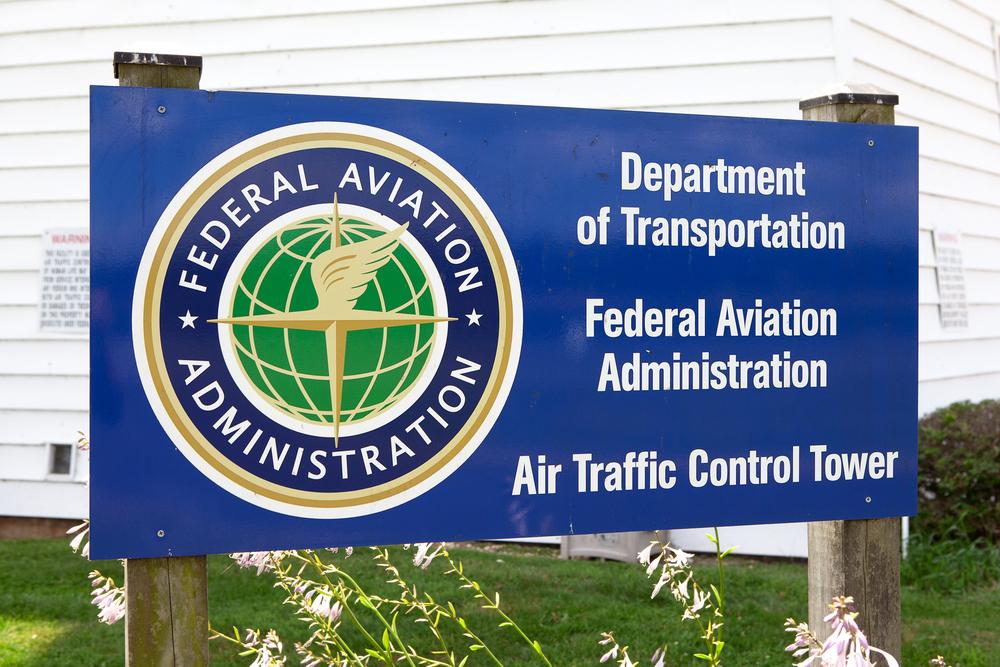
The U.S. Department of Transportation (DOT) has proposed weakening consumer protections for passengers who face extended tarmac delays. The planned rule changes will make some temporary exemptions for airlines permanent, while also carving out new exceptions as to when carriers will be subject to the prescribed fines.
In 2011, landmark new protections for air travelers were put into place by the U.S. Department of Transportation. Among the new regulations, were rules prohibiting airlines from making passengers remain stuck on planes that are not moving for extended periods of time. Since implementation, the so-called “tarmac delay rules” have been amended several times by policymakers. In nearly every case, the amendments carved out enforcement exceptions for the benefit of airlines.
Now, the DOT is planning to make these exceptions permanent.
“These amendments include new language requiring air carriers to begin to return an aircraft to a suitable disembarkation point no later than 3 or 4 hours after the main aircraft door is closed for departure,” the DOT said in a document announcing the proposed policy changes. “The Enforcement Policy states that, as a matter of prosecutorial discretion, the Department will not take enforcement action against U.S. and foreign air carriers with respect to departure delays if U.S. and foreign air carriers begin to return the aircraft to a gate or another suitable disembarkation point no later than three hours for domestic flights and no later than four hours for international flights after the main aircraft door has closed in preparation for departure. The Enforcement Policy further provides that the process of beginning to return to the gate or a suitable disembarkation point varies based on whether the aircraft is in a carrier-controlled part of the airport or a non-carrier-controlled part of the airport.”
If these were the only rule changes the DOT was proposing, then not much would change from a passenger perspective. These proposed enforcement changes are, in fact, already in effect as a matter of “prosecutorial discretion.” Air Transport World reports, however, that the proposed changes also include new language allowing airlines to start the clock on tarmac delay only after the plane’s door has closed (regardless of whether or not passengers are permitted to deplane). The proposed new rules also make the act of asking for clearance to return to the gate enough for the carrier to avoid enforcement actions.
“The proposed changes appear to be written for the airline industry and are another example of the undue influence that carriers have over DOT policy,” Kurt Ebenhoch from the passenger rights group Travel Fairness Now told the publication. “Consumers have been patiently waiting for DOT and FAA action on a long list of overdue changes that affect tens of millions of travelers and occur far more frequently than the relatively rare occurrences this rulemaking addresses.”
The DOT, meanwhile, insists that the policy change is not only required by legislation passed in 2016 but also represents a very minor change to an existing policy. The agency characterizes the policy shift as reducing the number of fineable offenses while at the same time keeping key protections for passengers in place.
Perhaps not surprisingly, the airline industry is extremely supportive of the proposed policy change. “We commend the Department of Transportation for proposing an improvement to its tarmac delay rule as required by the statutory requirement in the 2016 FAA Extension Act,” Airlines for America (A4A), the world’s largest airline industry trade organization, told Travel Weekly in a statement.


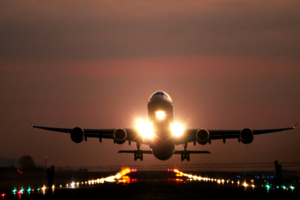

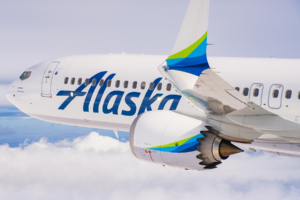






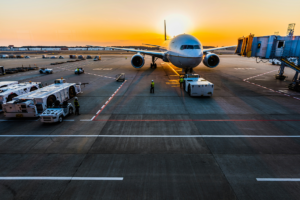








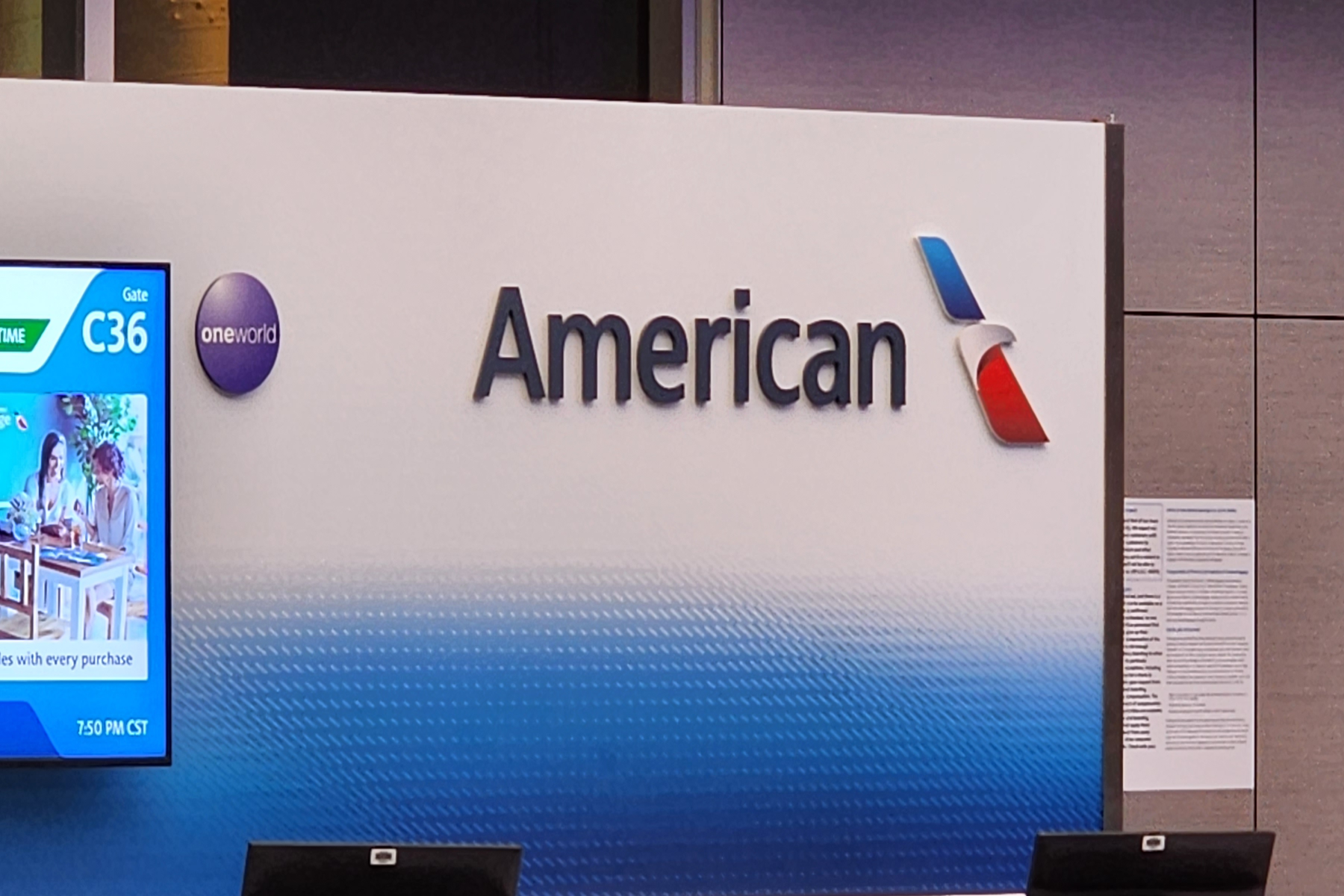



Thank tRump
Jeez, can they screw us anymore! I wish those that said they would look out for us, let us know who they consider US!
The fox remains in charge of the henhouse. We need a Federal consumer protection agency!
So basically thats the end of the tarmac delay limit. Now airlines will say that they've started to turn a plane around, or its positioning to get back to a gate at the 2:45 mark, and then be in the clear for the rest of the journey to the gate taking another 3+ hours.